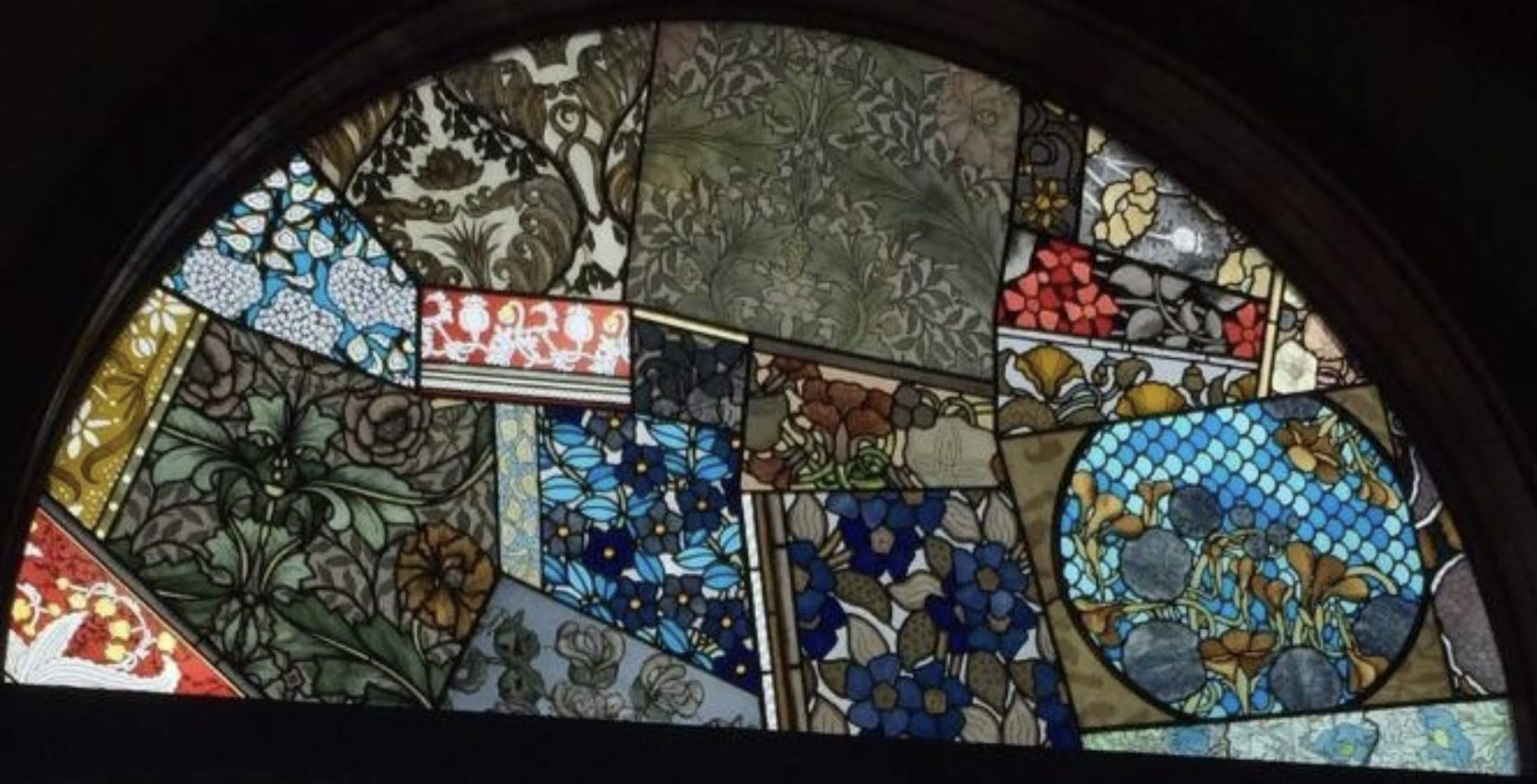
How do I get it done right?
Some friends, Caroline and Shay of Solstice Design Studio, asked me about building with leaded glass in Utah. This began a continuing discussion from things I learned as head designer and special projects manager for many years; I’ve seen a lot of ways to do things right – and quite a few to avoid.
The Question
What do we need to consider regarding best practices and insulation values when including stained glass in building projects?
My Answer
Although there are occasional builders who insist on gas-filled insulation for stained glass windows, many do not regularly work with stained glass or track such jobs long enough to see the windows perform through multiple weather cycles. The best builders also recognize each project is unique and will require its own tailored solution.
Builders have the needs of the homeowner first and foremost in their minds, which motivates their primary concerns. Their clients need the best product possible, and I do my best to help – but reliable information about insulating leaded glass windows can be difficult to find. I’ve noticed that a significant amount of easily-found information on the internet is from folks who haven’t gone back and looked at windows after two, five, or ten years to see what actually happens. Theory is great, but results speak quite a bit louder.
Inert gas or low-e coatings (except for a very few clear hard-coat options) react poorly with the metals in a leaded window, resulting in out-gassing and burning (the inside of the exterior clear glass panel will have shadows of the lead lines permanently etched or “burned” into the facing surface). Many times when I’ve seen it happen, it can be because project decision-makers may not have access to the best information or are pressured by those who “know better”. It can be a bad idea going against recommendations of the glass companies who produce 96% of the monolithic low-e coated glass in North America. Sigh.
How can inert gas be a problem?
Leaded art glass will add between 1-1/2 and 5 pounds per square foot to a window, depending on design – which puts a ridiculous strain on the seal of a gas-filled unit. This extra pressure will not compromise the unit against moisture seal, but is enough to impact the retainage of the teensy-tiny molecules of gas used to fill the unit. Depending on the weather cycle and native humidity, the gas composition could become compromised within the first year.
Is that a bad thing?
The additional materials with stained glass in the unit, its colors and translucency, all that kind of stuff will act as an additional insulating barrier. The loss of value through inert gas leakage many times is compensated by the added value of the layer of leaded glass art.
To avoid ruffling feathers, I usually try to put my window on the indoor side of a bells-and-whistles window, making sure with the builder that the sill and supporting wall can bear the additional weight. This way the insulation value of the gas-filled windows is never compromised and, with the leaded glass art away from any coatings, there’s little risk of out-gassing and burning. My solution for non-extreme environments (everywhere other than Park City and St George) is the insulation I do with clear tempered, where I use an industry desiccant tape specifically designed for this, sealed with a silicone-based sealant which does not distort with heat.
How about doors?
A door’s constant use most likely negates the practicality for a super-high-efficiency bells-and-whistles inert-gas-filled window. In that case I ensure the door can carry the extra weight and will accommodate the thicker unit (I make insulated door panels a little thicker so they don’t rattle when the stained glass wiggles as the punk teenager slams the door shut during any sort of ennui episode).
You do have flexibility
We must do everything possible to maintain safety and longevity for our customers.
Leaded glass is architectural art, and in Utah building code I quickly found at least a half-dozen mentions for “art glass usage”. This means we need to make sure in our conversations with homeowners, architects, designers, and builders we clearly establish the needs and desired outcomes. A home designed as a vacation ski-home for empty-nesters will have different requirements than one for a young family with lots of small children; extreme weather conditions will have its own demands; and commercial or church properties will differ from private family dwellings. By listening we are able to clarify expectations, and with a bit of research and education we can find the best solutions for each unique situation.
Leave a Reply